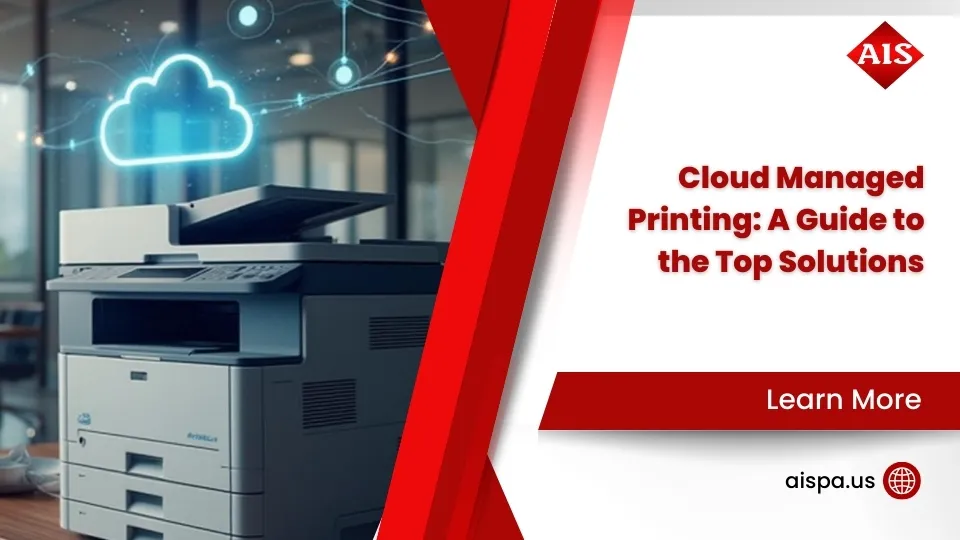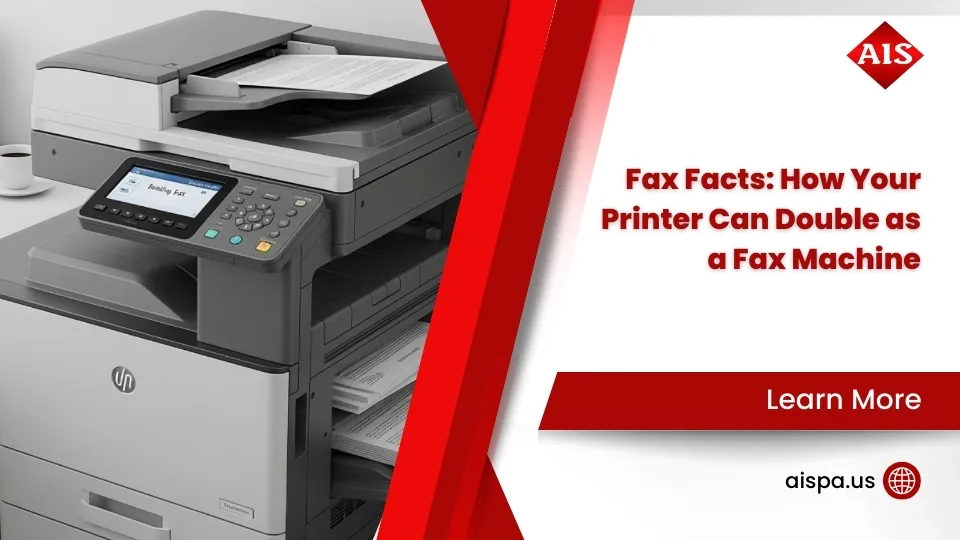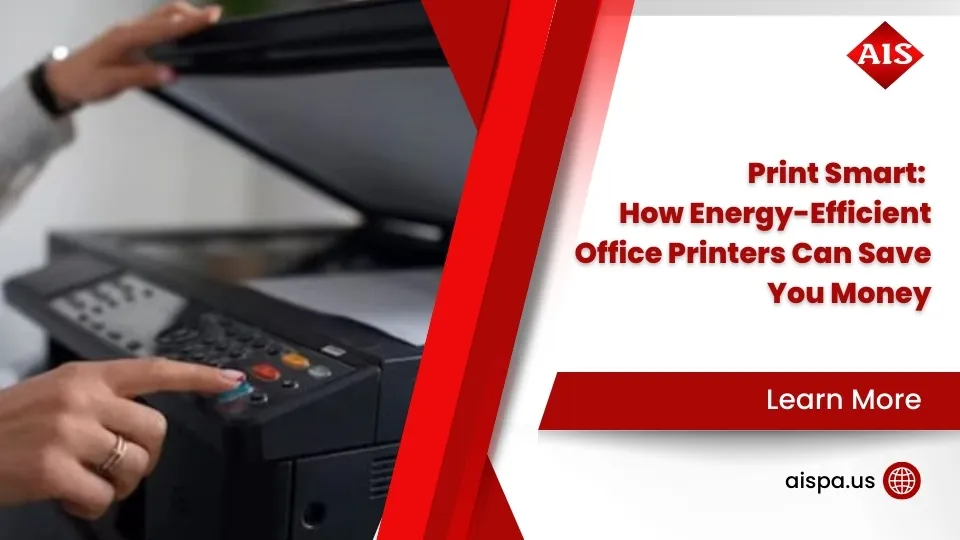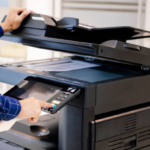Snap Decisions Made Easy: Your Guide to Types of Photopaper
Types of photopaper come in many varieties, each designed for specific printing needs and visual effects. The main categories include:
- Glossy – High shine, vibrant colors, maximum contrast
- Matte – No glare, soft finish, fine art appeal
- Luster/Satin – Semi-gloss, balanced sheen, fingerprint resistant
- Metallic – Pearlescent shimmer, improved depth
- Canvas – Textured surface, artistic feel
- Specialty – Pearl, silk, glow-in-dark, transfer papers
Your choice of photo paper dramatically affects how your images look and last. Glossy papers deliver the widest color range and highest contrast, making colors pop off the page. Matte papers eliminate glare and offer a neat, museum-quality appearance. Luster finishes strike the perfect balance – they’re the most popular choice among professional photographers for portraits and weddings.
The difference between regular copy paper and photo paper comes down to specialized coatings. Photo papers use clay and polyethylene layers that control ink absorption, prevent bleeding, and create smooth surfaces for sharp detail reproduction.
Modern photo papers can last over 200 years under proper storage conditions. Whether you’re printing family photos, marketing materials, or professional portfolios, understanding paper types helps you make smart choices that save money and deliver better results.

Understanding Photo Paper Basics
Photo paper starts with a carefully crafted base made from alpha cellulose or cotton rag fibers – materials chosen for their stability and longevity.
The magic happens during the coating process. Multiple specialized layers get applied to create the perfect printing surface. First comes a base coating containing barium sulfate (called baryta in the industry), which brightens your images and stops the emulsion from soaking into the paper fibers. Then comes the actual photographic emulsion – either traditional silver halide crystals for darkroom papers or modern polymer coatings designed for inkjet printers.
Paper weight matters more than you might think. Professional-grade papers typically weigh between 250 to 315 grams per square meter (gsm). This substantial feel immediately signals quality to anyone handling your prints. Thickness gets measured in mils (thousandths of an inch), and it affects both how smoothly the paper feeds through your printer and how premium it feels.
The texture of different types of photopaper ranges from ultra-smooth glossy surfaces to heavily textured canvas-like finishes. This choice affects both how your prints look and how they feel when someone picks them up.
Don’t overlook base tone – the subtle underlying color of the paper itself. Warm tones have a slight yellow cast, neutral tones appear pure white, and cool tones lean slightly blue. This seemingly minor difference can dramatically affect how colors appear in your final prints.
Photo Paper vs Plain Paper: The Big Difference
The difference between copy paper and printer paper and photo paper is like comparing a sponge to a precision instrument. Regular paper absorbs ink chaotically, causing colors to bleed and lose their sharp edges. Photo paper uses specialized clay and polyethylene layers that control exactly how much ink penetrates the surface.
These coatings create quick-dry surfaces that prevent smudging and allow for incredibly precise color reproduction. The polyethylene layers also provide curl resistance – your prints stay flat instead of warping into tubes as they dry.
Photo papers include optical brightening agents (OBAs) that make whites appear brighter and colors more vibrant. The surface smoothness of photo paper enables much higher print resolutions without the ink bleeding that would ruin your image on regular paper.
RC vs FB: Foundations of Quality
Resin-coated (RC) and fiber-based (FB) papers represent two completely different philosophies in photo paper construction. RC papers sandwich the emulsion between polyethylene layers, creating a waterproof barrier that enables lightning-fast processing. These papers can be developed, fixed, washed, and dried within 20-30 minutes with minimal curling.
Fiber-based papers use a more traditional approach with the emulsion applied directly to the fiber base. They require longer processing times but offer superior archival qualities and deeper, richer blacks. Properly processed FB prints can last at least 50 years without noticeable fading.
RC papers dominate the consumer market because of their convenience and dimensional stability. FB papers remain the gold standard for gallery exhibitions, fine art photography, and archival applications where maximum longevity is essential.
Exploring the Main Types of Photopaper

Walking into a photo supply store can feel overwhelming when you see all the different types of photopaper available. Each finish creates its own unique look and serves different purposes.
Glossy papers deliver the most dramatic results. They create images that practically glow with vibrant colors and sharp contrast. Colors appear more saturated, and details look incredibly crisp. This finish works beautifully for vacation photos, family portraits, and any image where you want maximum visual impact.
The trade-off? Glossy papers show every fingerprint and create glare under bright lights. They’re also more prone to scratches and require careful handling.
Matte papers take the opposite approach. Their non-reflective surface eliminates glare completely, making them perfect for framed prints in bright rooms. The colors appear more subdued, but that’s often exactly what you want for sophisticated, gallery-style presentations.
Luster papers (sometimes called satin or semi-matte) offer the best of both worlds. They provide good color saturation without the problematic glare of glossy papers. Professional photographers often choose luster for wedding albums and portrait sessions because it resists fingerprints while maintaining excellent image quality.
Beyond these classics, specialty papers open up creative possibilities. Metallic papers use a pearlescent base that makes colors shimmer and appear to float above the surface. Canvas papers feature textured surfaces that mimic artist’s canvas. Pearl papers offer subtle shimmer without the dramatic effect of metallic finishes.
| Feature | Glossy | Matte |
|---|---|---|
| Color Vibrancy | Highest | Moderate |
| Contrast | Maximum | Lower |
| Glare | High | None |
| Fingerprints | Very Visible | Minimal |
| Best Use | Vibrant photos | Fine art, B&W |
| Handling | Requires care | Easy |
Glossy vs Matte: Classic Types of Photopaper
Glossy photo paper has been the gold standard for consumer photography for decades. Its mirror-like surface reflects light in a way that makes colors appear more intense and details sharper. When you print a sunset photo on glossy paper, the oranges and reds seem to glow from within the print itself.
This magic comes from the ultra-smooth surface that allows ink to sit on top rather than absorb into the paper. The result is maximum color density and contrast. Small prints like 4×6 inches work particularly well with glossy finishes because you typically view them up close where glare isn’t a major issue.
But glossy papers demand respect. Every fingerprint shows up clearly, and scratches are highly visible. Under bright lights or near windows, the glare can make it impossible to see the actual image.
Matte photo paper offers a completely different experience. The textured, non-reflective surface eliminates glare entirely, making it ideal for framed prints that might catch light from various angles. Museum and gallery exhibitions almost exclusively use matte papers because they provide consistent viewing under different lighting conditions.
The slightly rougher surface of matte paper creates a premium feel that many people associate with fine art photography. Colors appear more muted, but this isn’t necessarily a disadvantage. For black-and-white photography, matte papers create subtle tonal gradations that can be breathtakingly beautiful.
Specialty Types of Photopaper for Creative Impact
Metallic papers represent one of the most exciting developments in modern types of photopaper. These papers use a pearlescent base layer that creates an iridescent shimmer, making images appear almost three-dimensional. The effect is particularly striking with landscape photography, where water and sky seem to move within the print.
Pearl papers offer similar benefits with a more subtle approach. They provide improved depth and dimension without the pronounced shimmer of metallic papers.
Canvas papers bring the texture of artist’s canvas to photography. The woven texture adds visual interest and helps disguise the mechanical nature of digital printing. These papers work beautifully for reproducing paintings or creating artistic interpretations of photographs that you want to display as wall art.
Deep matte papers push the matte concept to its limits. They offer virtually no surface reflection while maintaining excellent color reproduction.
For truly unique applications, glow-in-the-dark papers appear completely normal under regular lighting but emit a soft glow in darkness. Sticker papers, magnet papers, and transfer sheets expand the possibilities beyond traditional prints, letting you create custom decals, refrigerator magnets, or iron-on transfers.
Key Factors When Choosing Among Types of Photopaper

Choosing the right types of photopaper feels overwhelming when you’re staring at dozens of options. Understanding a few key factors makes the decision much easier and helps you get better results every time.
Brightness percentage tells you how much light the paper reflects back to your eyes. Most photo papers range from 90-98% brightness, with higher numbers creating more vibrant whites. Some papers achieve extra brightness using optical brightening agents (OBAs), which work great for the first few years but can fade under UV light.
The whiteness of your paper base affects every color in your image. Warm papers have a slightly yellow tint that makes skin tones look natural. Neutral papers provide pure white that works well for most subjects. Cool papers have a subtle blue tint that can improve certain landscapes and modern photography styles.
Paper weight affects both feel and performance. Professional-grade papers typically weigh 280-315 gsm and feel substantial in your hands. Lighter papers at 190-250 gsm work fine for everyday prints and cost less, but they don’t have that premium feel customers expect from important photos.
When choosing the right printer paper types, printer profiles make a huge difference in color accuracy. Using papers from your printer manufacturer ensures the colors you see on screen match what comes out of your printer.
Budget considerations matter too. Sample packs let you test different papers before committing to large quantities. Most paper manufacturers offer small sample packs that include their most popular finishes – it’s worth spending a few dollars to avoid costly mistakes on important projects.
Understanding types of paper for printing helps you make smarter choices that balance quality with cost-effectiveness.
Match Finish to Subject & Display
Different subjects shine on different papers, and knowing these combinations saves you time and money. Portraits work beautifully on luster or satin finishes because the slight texture naturally softens skin tones while providing good color reproduction. The finish also resists fingerprints when people inevitably touch their photos.
Landscape photography gives you more creative freedom. Glossy papers make colors pop dramatically – perfect for vibrant sunsets and lush forests. Matte papers create sophisticated fine art prints that work well in galleries and formal settings. The choice depends on whether you want eye-catching impact or subtle elegance.
Black-and-white photography traditionally favors matte or pearl finishes that emphasize smooth tonal transitions over harsh contrast. However, glossy papers can create striking black-and-white images with deep blacks and brilliant whites – it’s really about your artistic vision.
Gallery lighting strongly influences your paper choice. Bright museum lighting makes glossy papers nearly impossible to view because of glare, while matte papers look perfect under the same conditions. Consider where your prints will be displayed before making your final decision.
Technical Specs That Matter
Color accuracy depends on how well your printer, ink, and paper work together. Using matched components eliminates guesswork and ensures the colors you see on screen match your final prints. This consistency becomes crucial when you’re printing important business materials or client work.
UV resistance affects how long your prints maintain their original colors. Papers with better UV resistance keep their vibrancy longer, particularly important for prints that will be displayed in bright rooms or near windows.
The best results come from optimizing your entire printing system rather than focusing on just one component. When all parts work together harmoniously, you get consistently excellent results that make your business look professional and reliable.
Printer Compatibility & Archival Longevity

Getting the perfect print isn’t just about choosing the right types of photopaper – your printer plays an equally important role. The relationship between your printer and paper determines whether your prints look amazing today and stay vibrant for decades to come.
Inkjet printers are the most common choice for photo printing, but they’re not all created equal. Some use dye-based inks that soak into the paper and create incredibly vibrant colors. Others use pigment-based inks that sit on top of the paper surface and offer better fade resistance. Dye inks love glossy papers and produce those eye-popping colors you see in professional photo labs. Pigment inks work beautifully with both glossy and matte surfaces while giving you peace of mind about longevity.
Laser printers are a different animal entirely. They use heat to fuse toner particles onto paper, which means most photo papers simply won’t work. The heat can damage the special coatings that make photo paper special. Stick with inkjet-specific papers unless your laser printer specifically supports photo printing.
ICC profiles might sound technical, but they’re actually your secret weapon for perfect colors. These small files tell your printer exactly how to adjust colors for each specific paper type. It’s like having a translator between your printer and paper – without it, your beautiful sunset might print as a muddy orange mess.
The longevity numbers are pretty impressive when you choose quality papers. Premium photo papers can maintain their colors for over 200 years under proper storage conditions. Even mid-range papers often last 50-100 years.

Getting the Most from Your Printer
Your printer has limits, and respecting them prevents frustration and expensive repairs. Feed path thickness limits determine which papers you can actually use. Heavy art papers might look amazing, but they won’t do you any good if they jam your printer or damage the feed mechanism.
Most printers can handle papers up to about 10-12 mils thick. Check your manual before investing in expensive specialty papers that might be too thick for your machine.
Paper presets in your printer software aren’t just suggestions – they’re carefully calibrated settings that control ink density, drying time, and color balance. Using the “Plain Paper” setting with photo paper is like using a hammer when you need a screwdriver.
Nozzle checks become especially important when you’re switching between different paper types. Some papers can affect how ink flows from the print head, and a partially clogged nozzle will create streaks or color shifts that ruin your prints.
Keeping Prints Vibrant for Decades
Storage matters more than most people realize. Acid-free storage materials prevent chemical reactions that slowly destroy your prints. This includes everything from storage boxes to mounting boards to the tape you use to attach prints to backing boards.
UV-blocking glass or acrylic glazing protects framed prints from light damage. Even indirect sunlight contains enough UV radiation to cause noticeable fading within a few years.
Humidity control prevents both mold growth and chemical reactions that speed up fading. The sweet spot is 30-50% relative humidity with minimal day-to-day fluctuation. Avoid basements, attics, and other areas where humidity swings wildly.
Temperature stability also affects how long your prints last. Heat accelerates almost every chemical reaction that damages prints. Cool, stable temperatures slow down the aging process significantly.
The ink type in your printer makes a real difference in longevity. Pigment-based inks generally outlast dye-based inks by a significant margin. However, modern dye inks paired with quality papers can still provide excellent longevity – often 50-100 years under proper conditions.
Frequently Asked Questions about Types of Photopaper
Choosing between different types of photopaper can feel overwhelming, especially when you’re planning an important project. These common questions come up repeatedly, and understanding the answers helps you avoid expensive mistakes while getting the results you want.
The biggest errors we see involve mismatched expectations – people choosing glossy paper for gallery displays (hello, glare problems!) or selecting lightweight paper for professional presentations. Testing before committing to large quantities saves both money and disappointment.
What paper weight feels “professional”?
Professional-grade papers typically range from 250-315 gsm, providing that substantial feel clients associate with quality work. Anything below 200 gsm feels flimsy and cheap, while papers above 315 gsm might not feed properly through consumer printers.
The sweet spot for most business applications sits at 250-280 gsm. This weight offers excellent substance without causing feeding problems in standard office printers. You get that satisfying thickness that says “quality” without the hassle of paper jams.
Weight alone doesn’t tell the whole story though. A well-manufactured 250 gsm paper often feels better than a poorly made 300 gsm paper. The fiber content, coating quality, and manufacturing process all contribute to that premium feel you’re after.
How do I test different types of photopaper before a big job?
Sample packs are your best friend for testing multiple paper types without breaking the budget. Most manufacturers offer small quantities in popular sizes like 4×6 or 8.5×11 inches. This lets you compare results directly without investing in full boxes of paper.
The key is testing with images similar to your final project. Don’t test landscapes if you’re printing portraits – different types of photopaper respond uniquely to various image characteristics like skin tones, sky gradients, or high-contrast subjects.
Viewing conditions during testing matter enormously. Examine your test prints under the same lighting where they’ll be displayed. A paper that looks amazing under your desk lamp might appear completely different under gallery spotlights or natural window light.
Which finish resists fingerprints the best?
Matte and deep matte finishes show the least fingerprints and smudges, making them perfect for prints that will be handled frequently. The textured surface helps hide minor marks that would be glaringly obvious on smooth surfaces.
Luster finishes offer an excellent compromise, providing much better fingerprint resistance than glossy papers while maintaining good color saturation. This balance explains why luster papers dominate wedding albums and professional portfolios.
Glossy papers show every single fingerprint, smudge, and dust particle. They require careful handling with cotton gloves for professional applications. However, they can be cleaned more easily than textured surfaces if you’re willing to take the extra care.
Conclusion
Making smart choices among types of photopaper becomes much easier once you understand what each finish brings to the table. Glossy papers shine when you want colors that practically leap off the page – perfect for those vacation photos that need to capture every sunset detail. Matte papers eliminate annoying glare completely, making them your go-to choice for anything that’ll hang on a wall under bright lights. And luster papers? They’re like the diplomatic solution that keeps everyone happy, offering great colors without the fingerprint drama.
The secret is matching your paper to your purpose. Think about where these prints will live and who will handle them. Family photos for the refrigerator need different treatment than gallery pieces or business presentations. Those technical specs we covered – like Dmax values and archival ratings – aren’t just fancy numbers. They’re your roadmap to prints that look great and stay that way.
Here’s a money-saving tip that professional photographers swear by: always test with sample packs before committing to large quantities. Spending a few dollars on samples can save you from expensive reprinting disasters.
We know that juggling multiple printing needs across an organization can feel overwhelming. Between marketing materials, client presentations, and everyday documents, the choices multiply quickly. At Associated Imaging Solutions, we’ve helped countless Pennsylvania businesses cut through the confusion and find printing solutions that actually work for their specific needs.
Whether you’re dealing with high-volume everyday printing or specialty photo projects, having equipment that handles different paper types reliably makes all the difference. We’ve seen how the right combination of printer capabilities and paper selection can transform both quality and cost-effectiveness for our clients throughout Philadelphia, Pittsburgh, and beyond.
For businesses thinking about the bigger picture, our guide to the best printer paper for quality and sustainability offers insights that balance performance with environmental responsibility. When you’re ready to upgrade your printing capabilities to handle specialty papers with confidence, explore our copier and printer solutions designed for real-world business demands.
The difference between okay printing and exceptional results often comes down to understanding these details and having the right support when you need it. That’s where local expertise really pays off – someone who understands your specific challenges and can recommend solutions that actually fit your workflow and budget.











